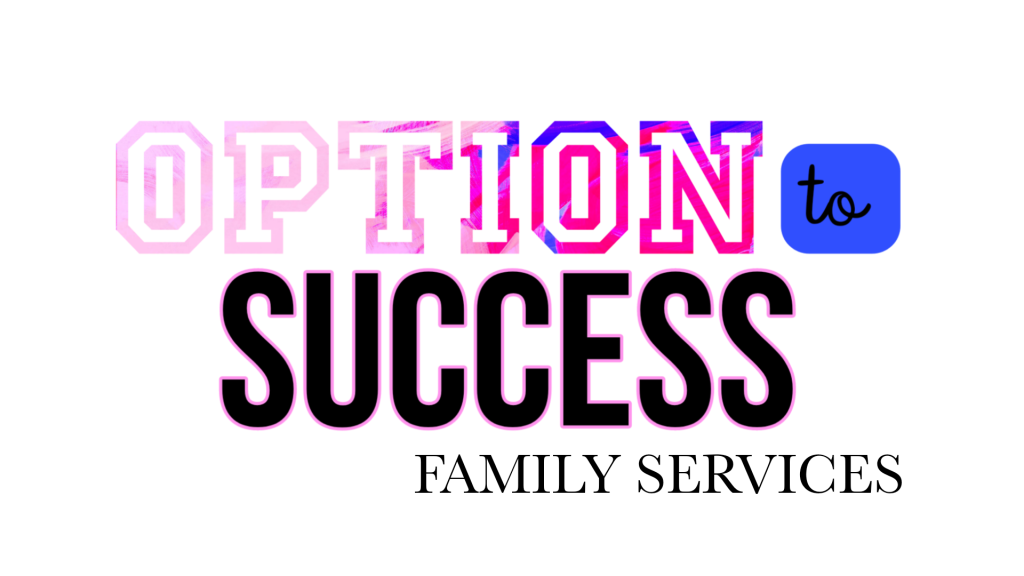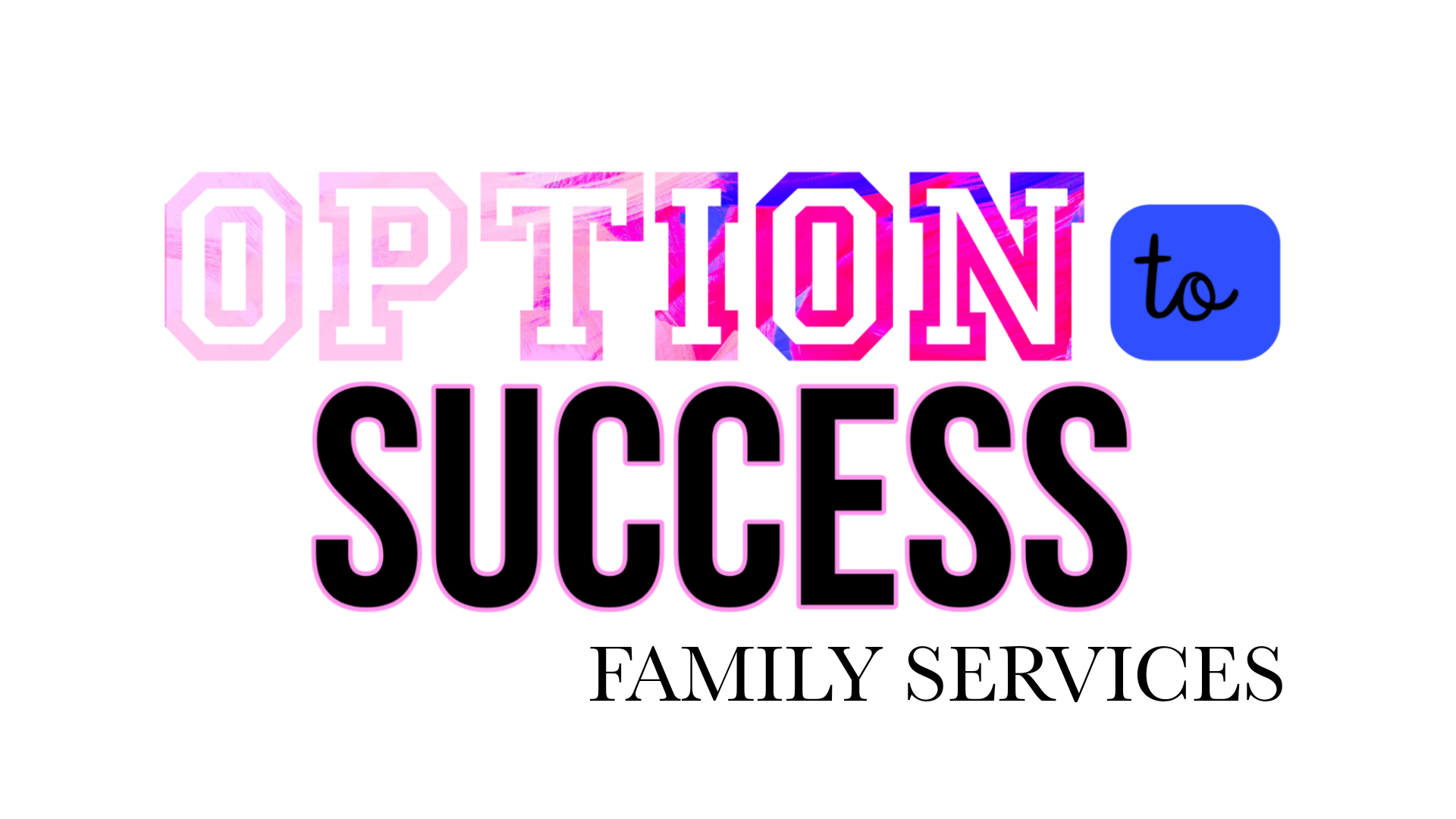There are different types of alcohol and other drug prevention programs and understanding the definitions of them can help you set clear aims for your next community project.
The river
To understand ‘prevention’ first imagine that you are standing on a river bank and see a person drowning as he floats by. You jump in and pull him ashore. A moment later, another person floats past you going downstream, and then another and another. Soon you’re so exhausted you know you won’t be able to get in the river and save any more people. So you decide to travel upstream to see what the problem is. You find that people are falling into the river because they are stepping through a hole in a bridge. Once this is fixed, people stop falling into the water.
This river analogy has frequently been used to explain the importance of ‘going upstream’, or engaging in primary prevention, to fix a problem at the source rather than trying to save victims one by one downstream.1 ‘Downstream’ or emergency interventions are piecemeal and costly, both in financial and human terms, as many lives are damaged and lost.
Primary prevention contributes to the national policy of harm minimisation by reducing the demand for alcohol and other drugs (AOD) through education, health promotion and community development, and reducing the supply of AOD via legislation, regulation and policy.²
Although there is a strong argument for communities to focus on primary prevention activities, some may still want to focus on downstream secondary or tertiary prevention.
Considering the three different types of prevention may help you define what you are trying to achieve through your community activities.
Primary prevention
The goal of primary prevention is to protect people from developing an AOD-related problem or experiencing an accident or injury. Examples of primary prevention include informing people about the effects and the harms associated with the use of AOD, changing laws and regulations that govern sales of alcohol and tobacco, providing positive role modelling of AOD use, helping people to reduce stress in their lives, and developing safe environments that reduce the risk of AOD use.
Secondary prevention
Secondary prevention is directed towards people who have a higher or specific risk of suffering an AOD problem. It responds to a sign of a possible or emerging problem in order to prevent its development. Examples include helping tobacco smokers to cease smoking, providing education programs for drink drivers, offering counselling for people who use AOD at risky levels, and providing clean needles for people who inject drugs.
Tertiary prevention
The goal of tertiary prevention is to help people with an existing disease, disability or medical condition to overcome it, or to improve their quality of life. This includes AOD detoxification and withdrawal, cognitive-behavioural therapy, pharmacotherapy (substitute medication), twelve-step and other self-help programs, residential rehabilitation, and therapeutic communities.




